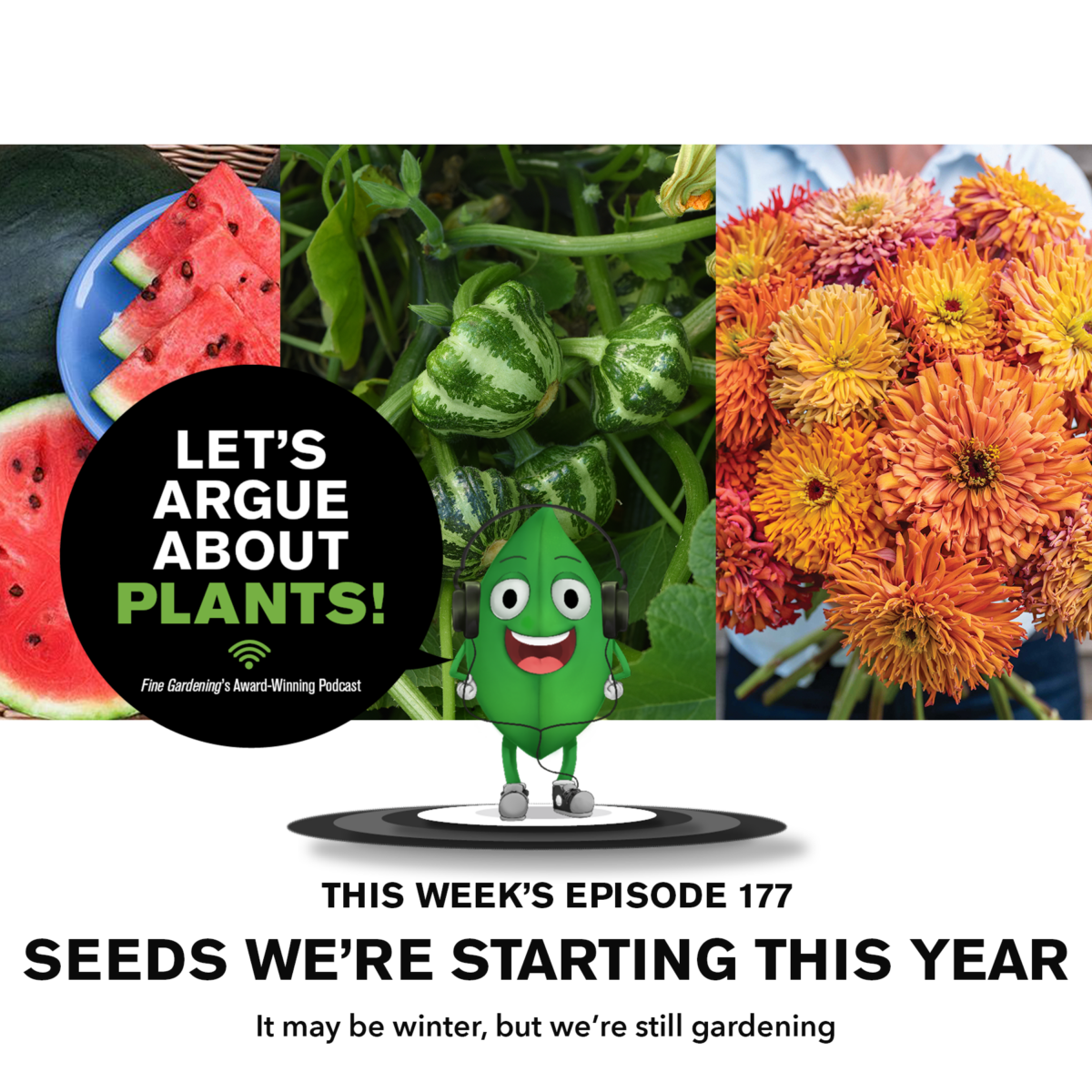It’s a surprisingly common story among spider plant enthusiasts. While doing some Chlorophytum comosum care, giving a little trim or maintenance, you notice something strange on the stems.
It can even catch the most experienced spider plant owner off-guard.
What is this often overlooked phenomenon growing on your spider plant, and why doesn’t anyone talk about it?
Do Spider Plants Flower?
Spider plants do produce flowers, but their small size and simple colors usually go noticed.
The rarity in which these plants produce flowers has also contributed to the surprise when one does bloom.
What Do They Look Like?
There’s a small variety in spider plant flowers, depending on the species.
Some will grow single flowers while others produce loose panicles.
Each flower sports between 3 and 6 petals measuring .2″ to .4″ inches long.
The flowers are most often white, but some species have greenish-white or yellow flowers instead.
The inflorescence will most usually appear on rapidly growing stems but may also appear on the tips of existing stems.
Check out the: Bonnie Curly Spider Plant
When Do Spider Plants flower?
Spider plants bloom in such variance it’s hard to know when to expect them.
For a few spider plant varieties, blooms may occur in younger plants but will become less likely with age.
In most species, blooms only occur in older plants.
The flowering period indoors may occur in spring or summer, as the more regulated temperatures can often confuse a plant.
Blooms are very short-lived, and the succession of tiny flowers will sparsely accent your spider plant for only a few weeks.
Does The Spider Plant Flower Have A fragrance?
One of the reasons spider plant enthusiasts don’t mention or even notice the flowers is their total lack of scent.
These plants are not known for attracting any form of pollinator. and appear to only be decorative.
In reality, the flowers do give way to viable seeds that may propagate.
Likewise, the blooms give way to spiderlings one can transplant to new pots.
Tips On Getting Your Spider Plant To Flower
Getting a spider plant to groom takes more effort, and there are a few environmental conditions you’ll want to watch.
The closer you can get your spider plant to ideal conditions, the better the chance it will bloom.
Here are three factors that play a crucial role in blooming.
Roots
Spider plants, especially older ones, are more likely to bloom if they’re slightly root-bound.
This sends a signal to the plant that it needs to reproduce and spread to other areas, as it has limited space to expand.
Light
Try to keep your spider plant in bright, indirect sunlight and turn the plant occasionally to ensure all sides get equal light.
During summer, increase the amount of light, and decrease it in winter to mimic outdoor conditions.
More on Growing Spider Plants Outdoors
Fertilizer
Spider plants don’t need a lot of fertilizer to thrive, and too much will reduce the chances of flowering.
Use a low-strength fertilizer that provides a 2-4-4 or 4-4-4 NPK ratio.
Before you fertilize, check out these tips on watering your spider plant.
You may choose to use a fertilizer that encourages blooming during the spring feeding, but make sure it remains at a low dose.













